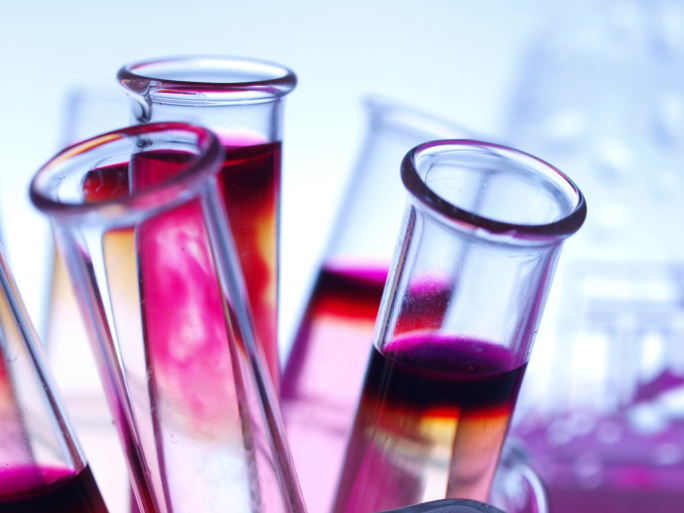 Phthalates are a group of chemicals that are used in manufacturing. Phthalates help to make plastics softer and more flexible so that they won’t crack and break. Phthalates are used in a number of different products that may find their way into your home. Your shower curtain may be made of PVC plastic. The nail polish you use or the perfume you spray on before you go out for the evening could contain phthalates. Many children’s toys and supplies contain phthalates, as do a lot of medical plastics, including IV bags and tubes made from PVC.
Phthalates are a group of chemicals that are used in manufacturing. Phthalates help to make plastics softer and more flexible so that they won’t crack and break. Phthalates are used in a number of different products that may find their way into your home. Your shower curtain may be made of PVC plastic. The nail polish you use or the perfume you spray on before you go out for the evening could contain phthalates. Many children’s toys and supplies contain phthalates, as do a lot of medical plastics, including IV bags and tubes made from PVC.
In the U.S., some phthalates have been banned—particularly those used in the manufacturing of children’s toys. The ban was put in place due to concerns about the adverse health effects of phthalate exposure. The FDA, the National Institute of Environmental Health Sciences, and the National Toxicology Program’s Center for the Evaluation of Risks to Human Reproduction have been studying phthalates to determine if there are toxic effects associated with exposure to this chemical. The National Toxicology Program has listed phthalate as a possible carcinogen. Phthalates are also suspected of adversely affecting the reproductive system.
A recent study has found that, despite the ban on certain phthalates found in children’s toys, Americans are currently being exposed to harmful levels of other phthalates. According to the report, manufacturers have developed new phthalates to replace the ones that have been banned or are in the process of being phased out. These new phthalates have been studied in animals and exert the same adverse effects as the banned chemicals.
The researchers behind the report say that the government needs to do a better job of understanding the potential adverse health effects of a chemical before they allow it to be used in the mass production of goods for sale to the public.
For the study, the research team analyzed phthalate exposure in 11,000 people who were enrolled in the U.S. National Health and Nutrition Examination Survey. The study spanned a nine year period from 2001 to 2010. The researchers discovered that almost all the participants had been exposed to phthalates.
Phthalates have raised some particular concerns for the male community. Some studies have suggested the chemical can adversely affect sperm by damaging its DNA. Exposure to the chemical may also affect pregnant women by altering genital development in male offspring. Then too, there have been fears raised that over-exposure to phthalates could be responsible for behavioral and cognitive problems in girls and boys.
Those on the other side of the fence, with money invested in the production of phthalate-containing goods, argue that there is no conclusive evidence that phthalates are harmful. They say that exposure to the chemicals in the average citizen is extremely low and that these exposure levels have already been proven safe by various regulatory agencies.
Still, advocates fighting against phthalates remain concerned that the barrage of new phthalates may continue to exert adverse health effects such as disrupting hormone signalling and negatively affecting male reproductive development. Swapping one chemical for another will not address these concerns about phthalate exposure, the researchers of the report say.
If you want to reduce your exposure to these chemicals, make sure you buy phthalate-free products.
Sources:
“Ban on Chemicals Lowers Human Exposures, Study Finds,” MedlinePlus web site, Jan. 15, 2014; http://www.nlm.nih.gov/medlineplus/news/fullstory_144050.html, last accessed Jan. 23, 2014.
Zota, A.R., et al., “Temporal Trends in Phthalate Exposures: Findings from the National Health and Nutrition Examination Survey, 2001-2010,” Environ Health Perspect. January 15, 2014.
